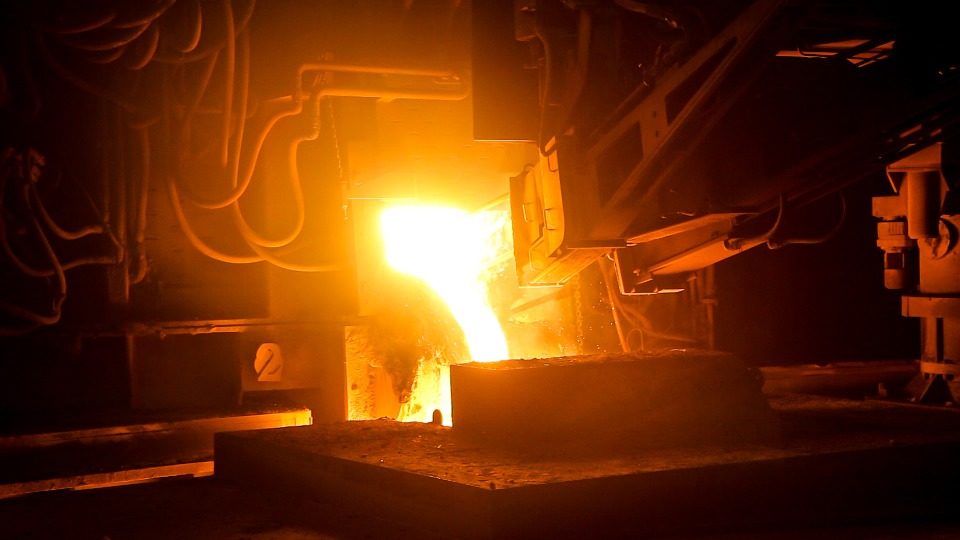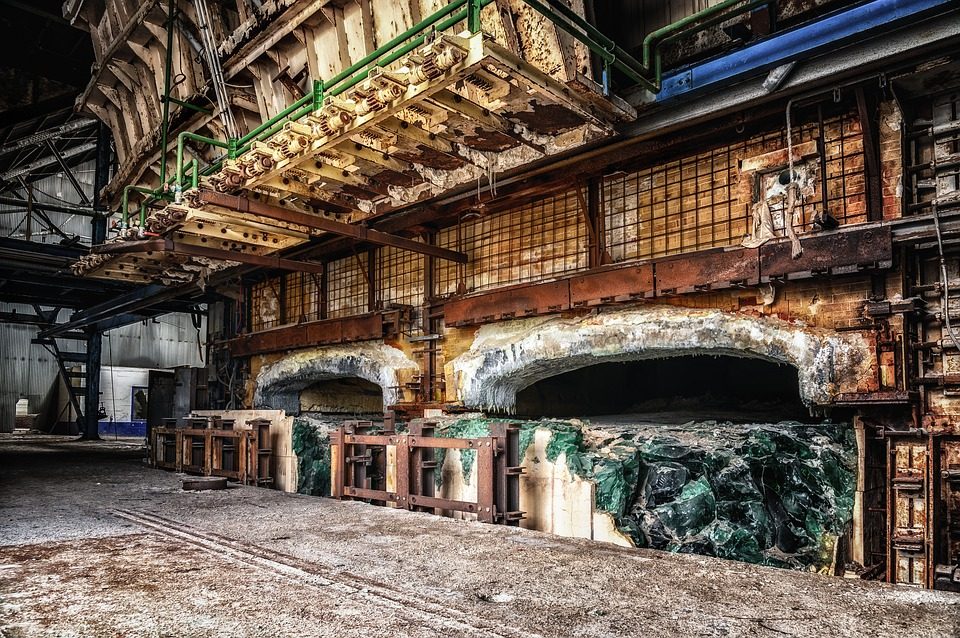
Most homes possess a conventional oven. They are used on a daily basis for cooking and heating food, and grilling and frying. They have a limited number of temperature settings and rarely go over 220 degrees.
When technology gets commercial, things become bigger and more complex! Huge factories and workplaces require kilns and furnaces to continuously operate at high temperatures, for a host of different purposes. But what’s the difference between an oven and an industry furnace? Let’s find out now.
Industry Kilns
There are many different versions available, depending on their purpose. According to the professionals from Precision Quincy industrial ovens, factories use batch kilns, lab kilns, cabinet kilns, walk-in kilns and even truck in kilns. They are used for Teflon coating, stress-relieving, burn off, drying, preheating, tempering, and sintering.
Cars, Medication, and Electricity
Commercial kilns can be responsible for making brake linings and brake pads. They also help with a car’s engine and interior components. Coatings on steel can be cured using them. Tunnel kilns can be found in many automobile factories too.
How are medical tablets coated and purified from excess chemicals or waste products? Industry kilns are at work here. How are fingerprints developed in forensic labs? By using purpose-built vacuum kilns. When it comes to circuit boards, solder strength can be tested. Burn-in testing (which is either static or dynamic) occurs on integrated circuitry or electronic devices.
Food, Mass Production, and Miscellaneous Uses
Food products can be cooked at speed using tunnel kilns. The materials are placed on either the heart or the pan. Baking kilns help businesses maintain a high level of productivity with their food.
When it comes to mass production at stable temperatures, conveyor kilns are used. Their dual chambers allow for materials to be heated while others are left to cool. Such kilns can be found in production lines or in assembly lines at factories.
These kilns are used for stress relieving, annealing, preheating, bonding, aging, drying and curing. If rubber, plastics or metals need to be hardened this can be achieved too. Coatings and adhesives can be treated.
Metal can have its structure and residual and thermal aspects modified. It can be tempered or its brittleness be lessened. The sintering process helps make metal both denser and stronger. Teflon coated pipes and pipe fittings can be heat treated. Environmentalists can calculate the moisture content of their specimens by weighing them before and after the drying process in an oven.
Industry Furnaces
These are also known as direct heaters or direct-fired heaters. They are hotter than industry kilns, reaching in excess of 400 degrees C. Some models go up to as much as 1300 degrees C.

Contrast this with commercial kilns used to sterilise equipment, glassware or instruments. They generally operate at around 160 degrees C in order to kill microbes, bacteria and viruses. Similarly, curing kilns that combine paint with metal generally only go up to 426 degrees C.
How They Are Powered
There are two ways the heat is generated, through electricity or a mixture of fuel and oxygen (gas in a pure state) or air (a combination of such gases as oxygen, carbon dioxide, argon or nitrogen). When this heat leaves the appliance it will do so as flue gas.
Commercial kilns can be powered by electricity or gas-fired, although there are also kilns that run on hot water, steam, fuel oil or ultraviolet rays.
Practical applications
Factory furnaces have two roles: to create heat or to create a reaction. They are found on oil refineries and are used in the world of glassmaking. When it comes to metal there are several uses. Metal can be gleaned (extracted) from ore at high temperatures. This process is called smelting. Furnaces are used for metal casting in both the iron and steel industries. Metal can be hardened using the kilns.
Chemical plants have at least two purposes for factory furnaces: for chemical manufacture and to create chemical changes. Industry furnaces are used within the food industry, and also for drying. The process of fermentation can occur when they are run at low temperatures. Sadly they are also used to cremate people too!
Miscellaneous facts
Workers need to access the contents of the furnaces in different ways. That’s why people can buy ones with lift-off covers or buy pushers. There’s also top, front or bottom-loaded furnaces. Whether it’s solar furnaces, vacuum furnaces or batch kilns, they serve many uses when operated at high temperatures.
As we have seen, the manufacturing industry is dependent on both industry kilns and furnaces. The kilns are found in many factories, and are varied in purpose. The furnaces are designed for the highest temperatures and are used to create both heat and reactions.








